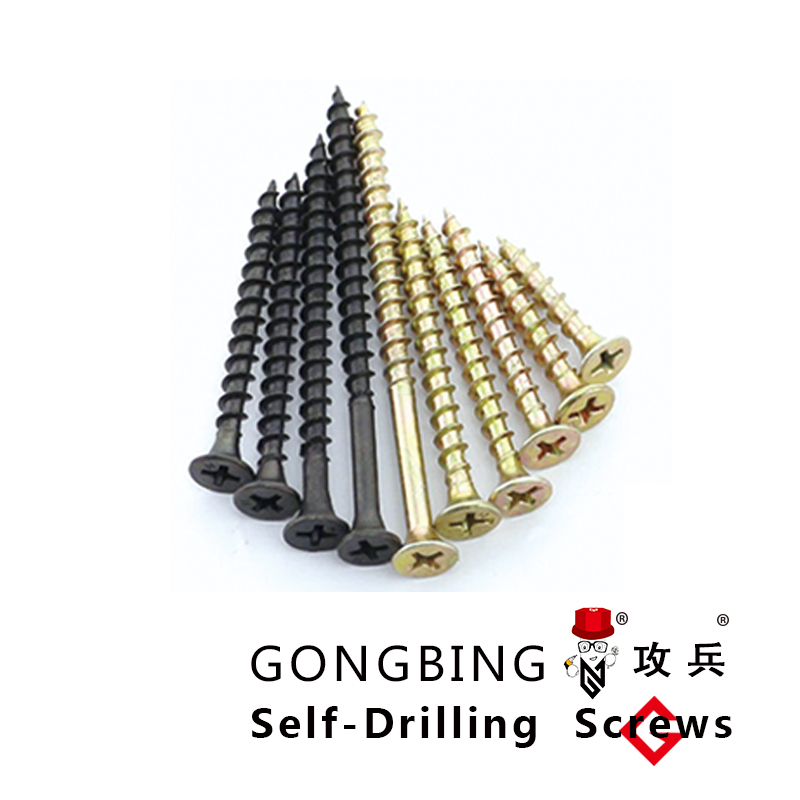Shear Stud Pricing Insights and Market Trends for Construction Projects
Understanding the Cost of Shear Studs A Comprehensive Overview
Shear studs play a pivotal role in the construction and engineering industries, particularly in applications involving composite steel-concrete structures. These essential components are used to provide shear resistance at the interface between steel beams and concrete slabs. Their main function is to transfer shear forces and help prevent the possible separation of the two materials. As critical as they are to structural integrity, the cost of shear studs, often expressed as shear stud price, is an important factor for architects, engineers, and contractors when planning and budgeting for a project.
The shear stud price can vary widely based on several factors, including material specifications, dimensions, surface finish, and the quantity being purchased. Typically, shear studs are made from high-strength steel, which adds to their durability and effectiveness in load-bearing applications. The most common types are headed shear studs which have a large diameter head that effectively grips the concrete.
Material and Manufacturing Considerations
The cost of materials is a significant component of shear stud pricing. With fluctuations in the steel market, prices can vary from month to month based on global demand, production costs, and supply chain issues. Additionally, the manufacturing process—most commonly through welding—can impact the final price more complex shapes or additional quality control measures may increase costs.
Furthermore, the dimensions of the shear studs themselves play a crucial role in their pricing. Standard sizes may be more cost-effective than custom-sized studs, as they often can be produced in bulk, reducing labor and material costs. When procuring studs for a large project, companies may negotiate bulk purchasing agreements to further drive down shear stud prices.
Market Variability
The shear stud market also experiences variability due to regional factors. In certain areas, construction activity may drive demand up, leading to higher prices. Conversely, in regions where fewer projects are underway, prices may stabilize or even drop. Additionally, factors such as shipping costs, tariffs, and local market conditions can affect base prices.
shear stud price

Contractors often must balance the need for quality and reliability with their budget constraints. Therefore, sourcing shear studs involves considering the reputation of suppliers as well as the pricing. Established manufacturers with a proven track record may charge more but can provide assurance of quality and compliance with industry standards.
The Impact of Innovation
With advances in technology, new manufacturing processes and materials are being developed, which may influence shear stud prices. Innovations aimed at reducing the weight of the product while maintaining or enhancing its strength could lead to new pricing structures in the future. It's also worth noting that the growing emphasis on sustainability and the use of recycled materials may affect the cost dynamics of shear studs. As businesses prioritize eco-friendly practices, the sourcing of such materials can have implications for overall pricing.
Buying Shear Studs A Strategic Approach
For professionals in the construction industry, understanding the factors influencing shear stud prices is essential. Conducting thorough market research and understanding the various cost dynamics enables better forecasting and budgeting. By establishing relationships with suppliers and keeping abreast of market trends, construction firms can navigate price fluctuations effectively.
Moreover, building a comprehensive knowledge base around shear studs—including their function, manufacturing processes, and material requirements—provides a competitive advantage in project planning and execution. Knowing when and where to buy can save costs and prevent potential project delays due to issues with material availability.
In conclusion, the shear stud price is determined by a confluence of factors that professionals in construction and engineering must consider. Awareness of these factors not only facilitates effective budgeting but also ensures that projects maintain structural integrity and safety standards, contributing to the success of construction ventures. As the industry evolves, keeping informed about market trends will remain crucial in making strategic procurement decisions in the context of shear studs.
-
Weatherproof Plastic Expansion Anchors for OutdoorNewsJun.06,2025
-
Sustainability in the Supply Chain: Eco-Friendly TEK Screws ProductionNewsJun.06,2025
-
Load-Bearing Capacity of External Insulation FixingsNewsJun.06,2025
-
Double Head Bolts: Enhancing Efficiency in Industrial MachineryNewsJun.06,2025
-
Corrosion Resistance in Chipboard Screws: Coatings for Wholesale DurabilityNewsJun.06,2025
-
Butterfly Toggle Bolts : Enhancing Structural ResilienceNewsJun.06,2025
